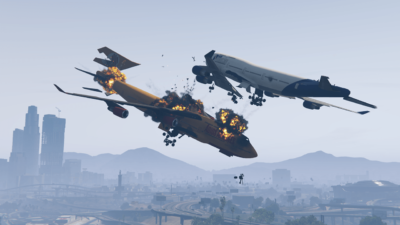Pilots come in all from all sorts of experiences, newly minted wings and those seasoned veterans. Mistakes happen all the time and it is not because a pilot was not terribly bright, or lacked basic skills or just didn’t have the “right stuff”. Many accidents have been with pilots with poor skills or had lousy judgment. And some pilots who are extraordinarily instinctual and no one ever thought they would crash, and come one mistake and down they went.
Several years ago a NASA team conducted deep-dive research into why smart pilots crash. Led by the NASA’s Chief Scientist for Aerospace Human Factors, Key Dismukes, himself an experienced pilot, looked at a series of airline accidents. The team published its results in a book, The Limits of Expertise: Rethinking Pilot Error and the Causes of Airline Accidents.
Mistakes come in all varieties. Even though pilots have undergone a degree of training and education, they have established habit patterns that have become second nature and can perform these tasks with 100% reliability. The common denominator between a trained pilot and an average person is they are both human.
Pilots can think of countless scenarios of how to mitigate any emergency and attempt to avoid any mistakes. However when something becomes challenging and a mistake is made, it is common for the situation to propagate into a higher risk issue. A factor that figured into a significant number of accidents and must be taken into account even though it is generally a good thing: the desire to complete the flight to the planned destination. Sometimes it is precisely the wrong thing to do when things are going south and the pilot’s cognitive ability is adversely affected by massive sensory overload.
“This says the airport is just ahead, we’ll keep going down until we spot it.”

The problem is that something called the “mission orientation/plan-continuation bias” means we tend to press on in spite of changing conditions. It also means the bias gets stronger as we get nearer to the completion of the activity, and it works to actively prevent us from noticing subtle clues that the conditions in place when we made our original plan have changed. A good example is the reluctance to carry out a missed approach when the weather has gone below minimums, and the willingness to go well below minimums in the hope of finding a runway.
The stresses involved with time, a high workload environment that of an in-flight emergency, navigating weather, distractions, possible fatigue, are all contributing to sensory overload. Pilots forget the landing gear, even when using the checklist. Further, there can be a tendency for repetitious operations to make pilots reactive rather than proactive.
Having an objective approach with planned immediate decisions to be acted upon established well before a flight simplifies decision-making and makes it easier to think strategically throughout a flight. This plan makes it easier for a pilot, especially when confronted by deteriorating weather and its associated demands, to abandon a plan rather than trying to force it to work.
Pilots are human and no matter how well-trained, motivated, competent, and capable they may be their level of safety is dependent on how objective their analysis is. Improving these workable ideas augments safety for all crew.
Address: 9100 Republic Airport, Hangar 8
Farmingdale, NY 11735
Email:
Phone: 631-293-5858
We appreciate your business and will be in touch shortly.